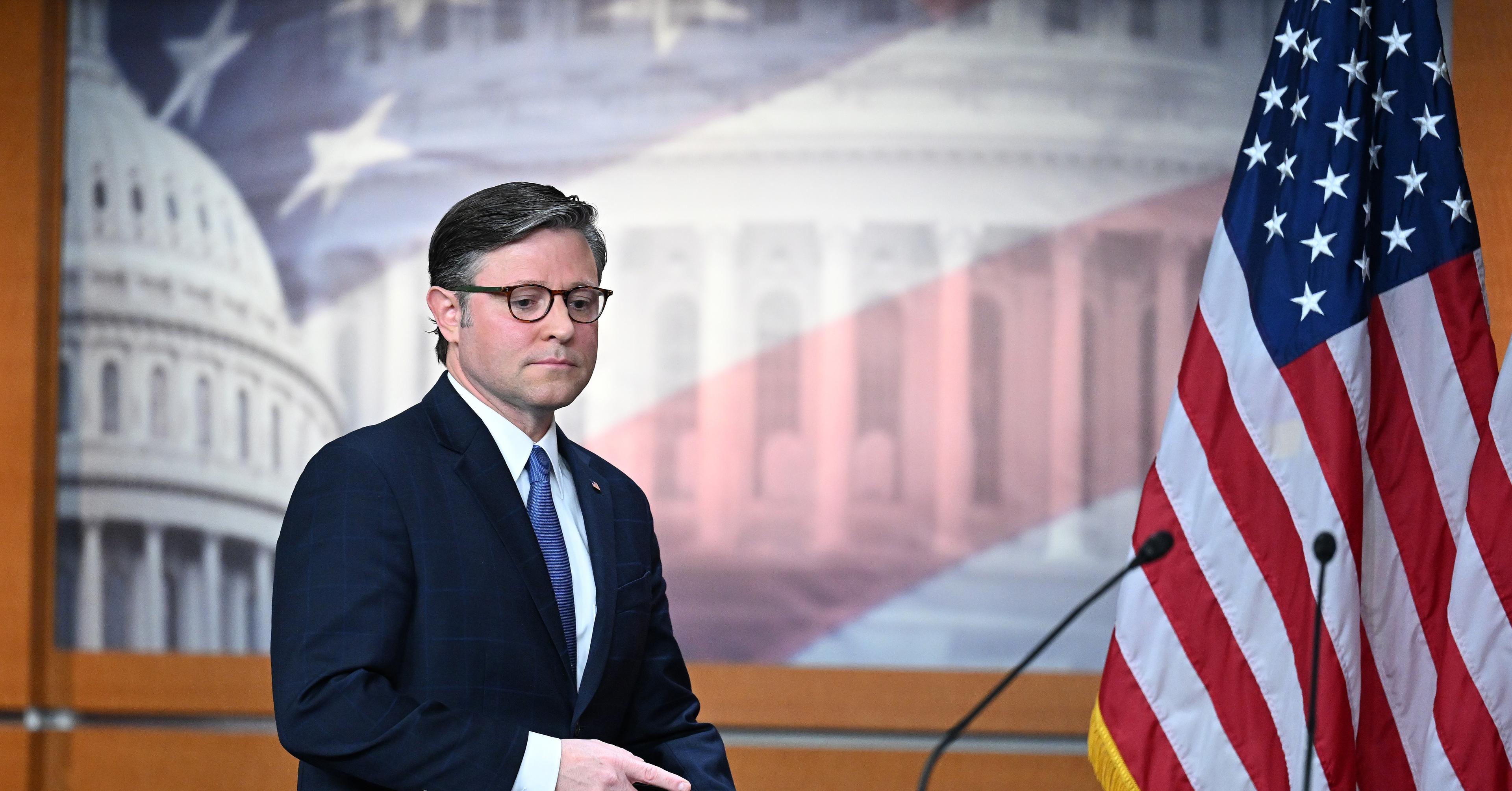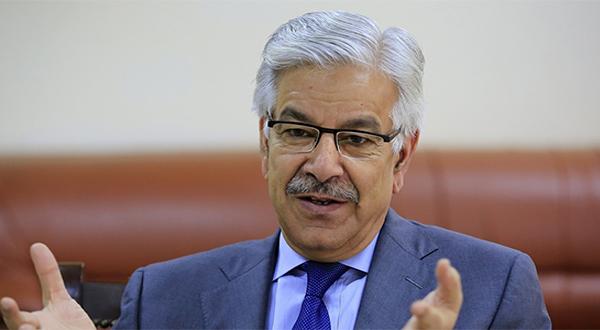Manufacturers have been slowed by heavier-than-expected customer demand, COVID-related shutdowns and overwhelmed ports and freight yards.


Prices for US consumers jumped 6.8% in November compared with a year earlier as surging costs for food, energy, housing, autos and clothing left Americans enduring their highest annual inflation rate in 39 years.
The Labor Department also reported Friday that prices rose 0.8% from October to November — a substantial increase, though slightly less than 0.9% increase from September to October.
Inflation has been inflicting a heavy burden on consumers, especially lower-income households and particularly for everyday necessities. It has also negated the higher wages many workers have received, complicated the Federal Reserve’s plans to reduce its aid for the economy and coincided with flagging public support for President Joe Biden, who has been taking steps to try to ease inflation pressures.
Fueling the inflation has been a mix of factors resulting from the swift rebound from the pandemic recession: A flood of government stimulus, ultra-low rates engineered by the Fed and supply shortages at factories.
Manufacturers have been slowed by heavier-than-expected customer demand, COVID-related shutdowns and overwhelmed ports and freight yards.
Employers, struggling with worker shortages, have also been raising pay, and many of them have boosted prices to offset their higher labor costs, thereby adding to inflation.
The result has been price spikes for goods ranging from food and used vehicles to electronics, household furnishings and rental cars. The average price of a used vehicle rocketed nearly 28% from November 2020 to last month — to a record $29,011, according to data compiled by Edmunds.com.
The acceleration of prices, which began once the pandemic hit as Americans stuck at home flooded factories with orders for goods, has spread to services, from apartment rents and restaurant meals to medical services and entertainment. Even some retailers that built their businesses around the allure of ultra-low prices have begun boosting them.
Over the past 12 months, the costs paid by a typical American family have surged by roughly $4,000, according to calculations by Jason Furman, a Harvard economist and former Obama White House aide.
SOURCE: AP NEWS

Control’s action-RPG sequel launches in 2026
- 12 hours ago

Chatbots are struggling with suicide hotline numbers
- 12 hours ago

Zillow’s short-sighted move to overlook climate risk
- an hour ago

IHC summons Registrar Karachi University in Justice Jahangiri’s degree case
- 20 hours ago
Govt slashes diesel price by Rs14 per litre
- 14 hours ago

Disney wants to drag you into the slop
- 12 hours ago

Remember Google Stadia? Steam finally made its gamepad worth rescuing
- 12 hours ago

The biggest mosquito-borne disease in the world has a cure. There’s just one problem
- 10 hours ago
Police recover gold from accused's husband in Dr Warda murder case
- 19 hours ago
Australia plans tougher gun laws after police say father and son killed 15 at Bondi Beach
- 20 hours ago
FIFA hails 5M WC ticket requests amid backlash
- 11 hours ago

Why Republicans in Congress are turning against Trump
- 10 hours ago



